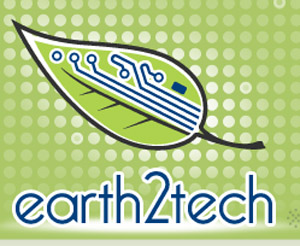Fisker, Gore, Finland, Oh my. All these Rumors sure do Fly.
It will come as no surprise to our regular readers that there has been a great deal of misinformation being lauded over the past week. It’s time to start setting the record straight on a few things. Let’s start with the most highly publicized article on the topic. In the Wall Street Journal’s “Gore-Backed Car Firm Gets Large U.S. Loan.” The bad information begins from the very first sentence.
A tiny car company backed by former Vice President Al Gore has just gotten a $529 million U.S. government loan to help build a hybrid sports car in Finland that will sell for about $89,000.
Here the fact that former Vice President Al Gore is a partner at Kleiner Perkins Caufield & Byers, a primary investor in Fisker Automotive, makes it sounds as if he wrote the DoE check himself. Historically each of these government funded programs have had enough red tape built into them to prevent any sort of direct access to funds. It’s easy to say that’s all it took, but this funding has been in to works for a very long time.
The award this week to California startup alcoholism Fisker Automotive Inc. follows a $465 million government loan to Tesla Motors Inc., purveyors of a $109,000 British-built electric Roadster.
Yes, both companies have halo cars that are much more expensive and are assembled in other countries. It’s called product development. You take new technology that is very expensive and package it up very nicely so that those who choose to value exclusivity over price can purchase a little piece of the future. Then you take all the lessons learned from that venture and role it up into a much more cost effective, much higher volume consumer vehicle.
In this case we now have project Nina, a $40,000 plug-in hybrid vehicle for a mass market. At 100,000 units per year it will have over 6 times the production volume of the Karma. Is it cheap? Not by a long shot. Can it be purchase by many more who value the environmental advantages, most certainly.
From there the article does manage to twist back to a form of reality and get to some of the facts. You can be the judge of how it all works out in the end.

